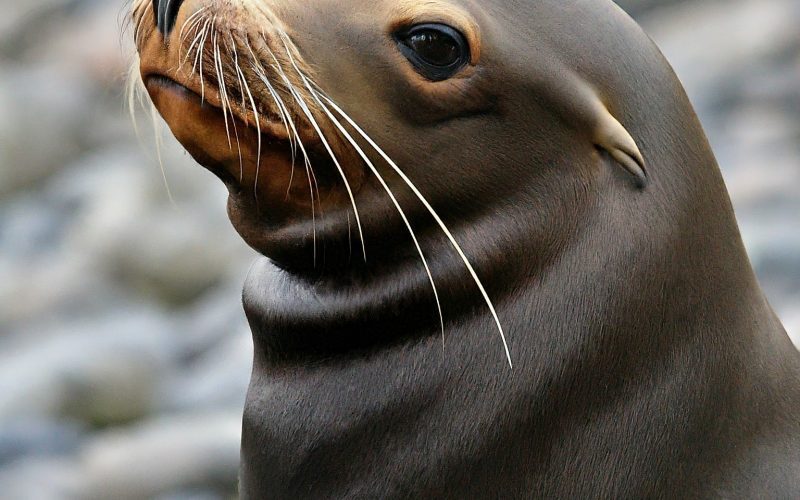Meet the Author
Dr. Olivia Jones is a veterinarian with a passion for wildlife conservation. Specializing in emerging infectious diseases, she keeps a close eye on animal health trends and shares her insights with the public.
Bird Flu in Sea Mammals: Key Points
| Feature | Details |
|---|---|
| Affected Species | Seals, sea lions, and some Arctic whales have been identified. |
| Transmission Route | Likely through contaminated water or ingestion of infected birds. |
| Symptoms | Respiratory issues, lethargy, neurological problems (in some cases). |
| Threat to Humans | Currently low, as the virus strain appears poorly adapted to humans. |
| Importance | Highlights need for continued monitoring of emerging diseases. |
From Feathers to Flippers: Bird Flu Invades Marine Mammals
Bird flu, also known as avian influenza, has long been a concern for poultry farmers and wild bird populations. But in a recent development, scientists have detected the virus in unexpected hosts: sea mammals like seals and sea lions. This discovery raises questions about the spread of the virus, its potential impact on marine wildlife, and any possible risk to humans.
How Did This Happen? Exploring Transmission Routes
The exact route of transmission to sea mammals remains under investigation. However, scientists suspect two main possibilities. First, the virus could be present in contaminated water sources frequented by both birds and marine mammals. Alternatively, sea mammals might become infected by consuming infected birds, such as when a seal preys on a sick seagull.

Are Seals and Dolphins Now Getting the Sniffles? Understanding Symptoms
The symptoms of bird flu in sea mammals seem similar to those observed in birds. Respiratory issues, lethargy, and loss of appetite are commonly reported. In some severe cases, neurological problems have also been documented.
Cause for Concern? Evaluating the Threat to Sea Mammals and Humans
While the discovery of bird flu in sea mammals warrants caution, the immediate threat to human health appears low. The current strain appears poorly adapted to humans, and human infections remain extremely rare. However, this event highlights the unpredictable nature of viruses and the potential for mutation.
For sea mammals, the situation is more concerning. Outbreaks can be devastating to vulnerable populations, especially those already facing environmental challenges.
Taking Action: Monitoring, Research, and Protecting Our Oceans
Scientists are closely monitoring the situation, conducting further research to understand the spread and potential impact of the virus on marine mammals. International cooperation is crucial to develop effective surveillance and response strategies.
The Takeaway: Bird Flu’s Unexpected Journey and What We Can Learn
The emergence of bird flu in sea mammals underscores the interconnectedness of our planet’s ecosystems. It also serves as a reminder of the constant evolution of viruses and the need for proactive measures to safeguard animal and human health. By continuing to monitor wildlife populations and invest in scientific research, we can better understand and manage emerging infectious diseases.












